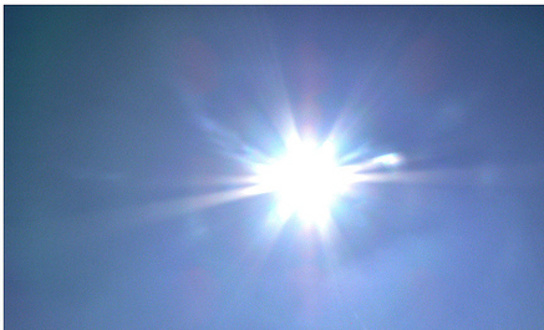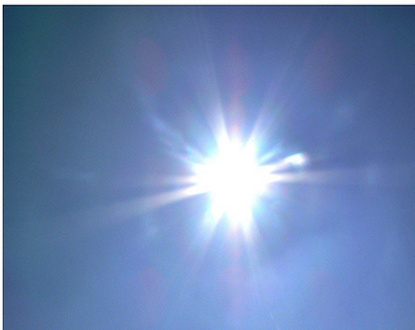How delightful it is when the sun beams its rays on the skin. Summer is rapidly approaching, and lounging on the beach is back in season. Nevertheless, tanning is not without its risks. Here are a few key points to remember.

Tanning hasn’t always been in fashion. On the contrary, pale skin was the norm for a long time. Thus, Athenian women of ancient Greece would apply lead white. A few centuries later, the 17th-century precious movement imposed paleness on the nobility and bourgeoisie. A tanned complexion was reserved for peasants, soldiers, sailors, and pirates…
It was only at the end of the 19th century that the sun’s role in synthesizing vitamin D was discovered. Light baths began to be prescribed for people with anemia and rickets. With the explosion of paid holidays and tourism, being tanned finally became synonymous with good health and high social class.
Harms and Benefits of Tanning
Sunlight has a positive impact against depression and rickets (vitamin D synthesis allows calcium fixation on bones). It also improves certain dermatoses. Unfortunately, excessive exposure presents numerous dangers.
On the Skin
The sun accelerates skin aging. Sunburn is a first-degree burn. It’s a consequence of the amount of UVB rays received by the skin, depending on UV irradiation, exposure duration, and skin sensitivity (fair skin, blondes, redheads, etc.). There are also photosensitivity reactions (photo-toxicity and photo-allergy) often due to the absorption or application of photo-sensitizing agents (medications, creams, cosmetics).
Finally, hundreds of thousands of people are affected each year by skin cancers. There are two types: often curable carcinomas and more dangerous melanomas. The latter cause a thousand deaths annually. They appear either as a mole that changes in shape and color or as a new brown or black lesion that appears and spreads.
On the Eyes
Sunglasses are not just a fashion accessory but must protect against the many risks from the sun, such as photo-keratitis, conjunctivitis, acceleration of cataract formation… Out of 20 million blind people in the world, 20% are due to UV exposure.
Immunodepression
In some cases, the sun reduces the body’s ability to fight infection risks and may lower the effectiveness of vaccination.
Protections
Our body naturally protects us from the sun through the pilosebaceous system, the stratum corneum, and the melanic barrier. Melanocytes produce melanin that migrates to the skin’s surface. Melanin is responsible for skin pigmentation.
Additionally, there are artificial protections: sunscreens and filters, sunglasses (see our article), and especially avoiding exposure between 12 PM and 4 PM. It’s important to know that May is as dangerous as August because the UV level is equally high. For children, T-shirts and hats are the only accepted protections. There is indeed a correlation between sunburns contracted during childhood and melanomas.
Wearing a hat is highly recommended because most skin cancers develop on the face and neck. Moreover, sunscreen should be applied every two hours, but it is important to know that it doesn’t protect against prolonged exposure. In principle, a protection factor of about 25 is used, even 40 or 50 for the most sensitive skins. The UV patch can be useful. It is a small flesh-colored patch that sticks to the arm or an exposed area; it measures received UVB. You coat it with sunscreen: when it turns brown, it means it’s time to apply sunscreen, and when it turns orange, there is a risk of burning, and you should then cover up or seek shade.



